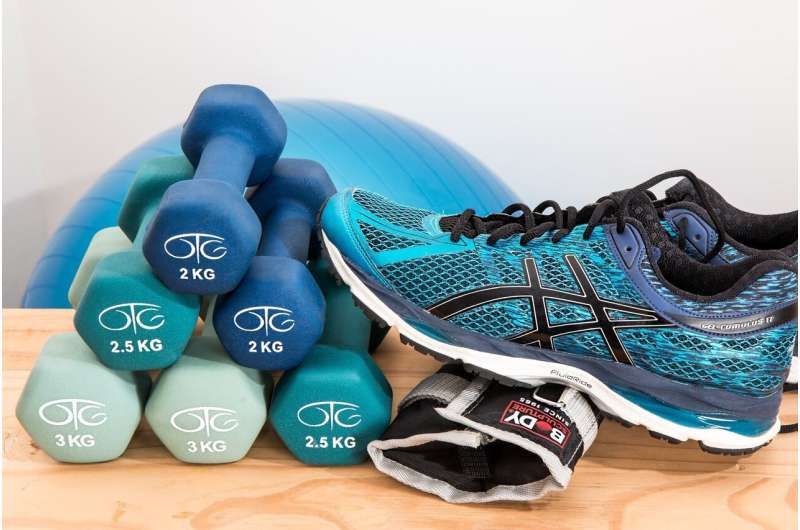
A new report finds more than 46,000 cancer cases annually in the United States could be prevented if Americans met the 5 hours per week of moderate-intensity recommended physical activity guidelines. The latest data appearing in the journal Medicine & Science in Sports & Exercise show 3% of all cancer cases in adults in the U.S. aged 30 years and older during 2013 to 2016 were attributable to physical inactivity and the proportion was higher in women (average annual attributable cases 32,089) compared to men (14,277).
For both men and women, states with the highest proportion of cancers attributable to physical inactivity were in the South, such as Kentucky, West Virginia, Louisiana, Tennessee, and Mississippi, whereas the lowest proportions were found in the Mountain region and northern states, such as Utah, Montana, Wyoming, Washington, and Wisconsin.
Led by Adair Minihan, MPH at the American Cancer Society, this is the first study to estimate the number of cancer cases attributable to physical inactivity based on cancer sites (breast, endometrial, colon, stomach, kidney, esophageal adenocarcinoma, and urinary bladder) by state. Data show when focusing on specific cancer sites, 16.9% of stomach cancers, 11.9% of endometrial cancers, 11.0% of kidney cancers, 9.3% of colon cancers, 8.1% of esophageal cancers, 6.5% of female breast cancers, and 3.9% of urinary bladder cancers were associated with lack of exercise. By state, the proportion of cancer cases attributable to physical inactivity ranged from 2.3% in Utah to 3.7% in Kentucky.
While this data shows the importance of physical activity, there are many barriers to recreational physical activity, which include, but are not limited to, lack of time due to long working hours in low-wage jobs, the cost of gym memberships or personal equipment, lack of access to a safe environment in which to be active, and potential childcare costs involved with recreational physical activity. Unfortunately, these barriers are more likely to affect historically marginalized populations, including the Black population and individuals with a limited income, underscoring the importance of enhancing health equity.
Source: Read Full Article
